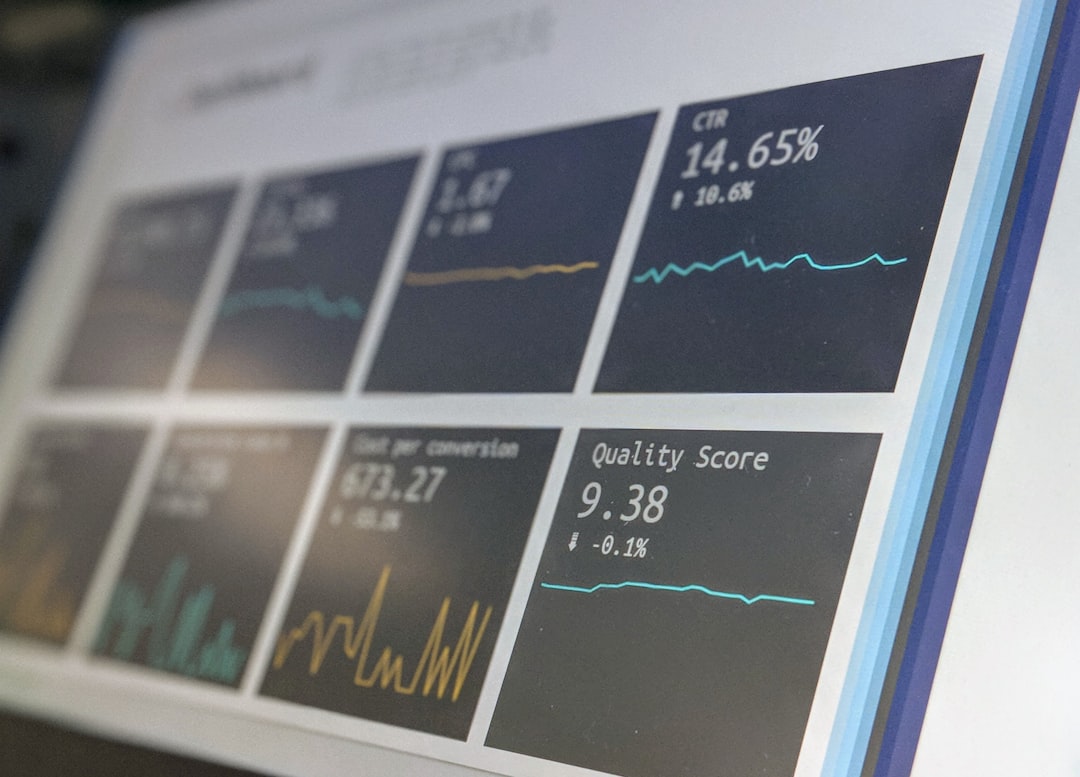What is it about?
Whereas most people communicate with words and sentences, the ancient Incas communicated with quipus or "talking knots". But how much, in fact, can you say with a few coloured tangled pieces of string? In this paper, we develop a diagrammatic language for information flow and computation based on coloured decorated tangles of string. Tangled strings are flexible and can be shifted about. The action of moving strands relates to the process of switching between different information flows to "achieve the same goal" but at different cost. From amongst these we can select a "best" way to achieve that goal. We give several examples of this in classical and in quantum contexts.
Featured Image
Why is it important?
The flexibility of this language might be used in the future to design efficient computational systems, or conversely to mask the workings of a secret computation. In particular it may be applicable in quantum computation, a new and developing paradigm. Beyond such potential practical uses, this work may provide an avenue to study the topology of information, focussing on qualitative aspects of the theory of information.
Perspectives
Low dimensional topology features several deep and interesting mathematical structures, and I am personally convinced that many of these have real-world manifestations. The present paper, which is the result of several years of work, identifies a few. I think that there is a huge amount more to be done in such directions, both in identifying other contexts in which such structures make an appearance, and also in leveraging their flexibility and independence from arbitrary choices in order to fashion these diagrams into a genuinely useful tool for applications.
Dr Daniel Moskovich
Ben-Gurion University of the Negev
Read the Original
This page is a summary of: Tangle machines, Proceedings of the Royal Society A Mathematical Physical and Engineering Sciences, June 2015, Royal Society Publishing,
DOI: 10.1098/rspa.2015.0111.
You can read the full text:
Resources
Low Dimensional Topology of Information Fusion
An application of tangle machines to information fusion in e.g. sensor networks.
Computing with Coloured Tangles
A study of the computational content of tangle machines, showing that the can simulate Turing Machines and with bounded resources that they can simulate interactive proofs (IP).
Contributors
The following have contributed to this page










